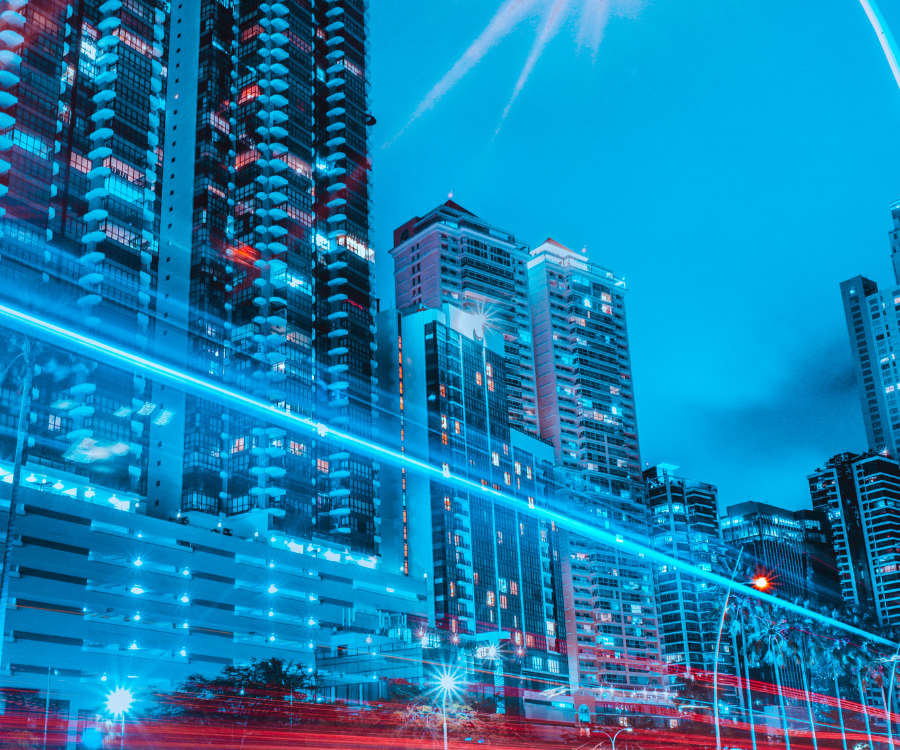Bioluminescent Urban Lighting: A Sustainable Light Revolution
A new chapter in eco-innovation is unfolding in Rambouillet, near Paris. Here, French startup has introduced a groundbreaking system that uses bioluminescent bacteria to light up city streets – without electricity.
How does it work?
The system uses harmless marine bacteria that naturally emit light. These organisms are enclosed in transparent capsules. When activated, they glow softly in the dark.
No power cables. No electricity. Zero emissions.
Why is it sustainable?
Compared to traditional or LED lights, bioluminescent urban lighting offers multiple benefits:
- No electrical consumption
- Low carbon emissions
- Minimal light pollution
- Little maintenance required
Thanks to these features, this solution is ideal for eco-conscious urban design.
Where can it be used?
Bioluminescent lighting has many potential uses:
- Public parks and gardens
- Street signs and pathways
- Outdoor events
- Sustainable art installations
It’s a perfect fit for any setting where low-impact lighting is essential.
Light inspired by nature
Bioluminescence occurs in many marine creatures, especially deep-sea fish. Now, for the first time, this natural glow finds a role in human spaces.
Glowee is already working on adaptable versions for more urban environments.
Lighting the Future, Naturally
Bioluminescent urban lighting isn’t just a cool concept. It’s a practical, sustainable alternative for the cities of tomorrow.
The future is glowing—and it doesn’t need electricity.


